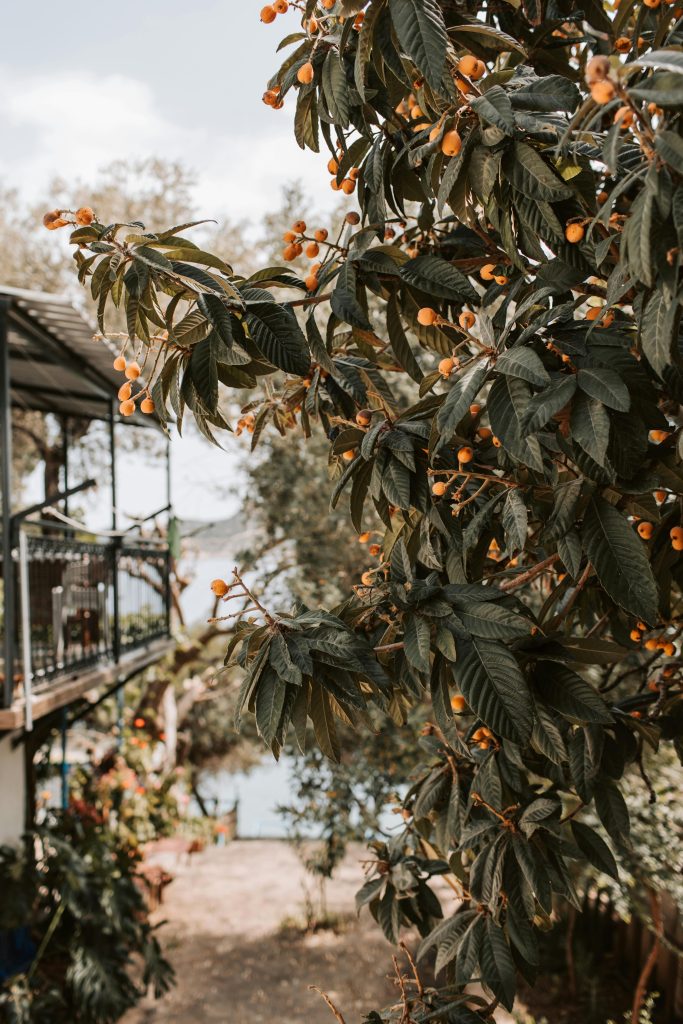Planting a bare root fruit tree is an exciting endeavor that can yield delicious rewards for years to come. Unlike potted trees, bare root trees are dormant and have no soil around their roots, making them lightweight, easy to handle, and less expensive. In this article, we’ll explore the step-by-step process of planting a bare root fruit tree, making it a straightforward and rewarding experience for gardeners of all skill levels.

1. Choose the Right Tree: Selecting the right fruit tree for your garden is the first step in the planting process. Consider factors such as your climate, soil type, available space, and sunlight exposure when choosing a tree variety. Popular options include apple, pear, peach, cherry, and plum trees, each with unique requirements and growing conditions.
2. Prepare the Planting Site: Prepare the planting site well in advance of receiving your bare root tree. Choose a location with well-drained soil and full sunlight for optimal growth and fruit production. Remove any weeds, rocks, or debris from the planting area, and amend the soil with organic matter such as compost or aged manure to improve fertility and soil structure.
3. Soak the Roots: Before planting, soak the bare roots of the tree in water for several hours to rehydrate them and stimulate new growth. This step is essential for ensuring the tree’s survival and establishment after planting. Avoid soaking the roots for too long, as prolonged exposure to water can lead to root rot and other problems.
4. Dig the Planting Hole: Dig a planting hole that is wide and shallow enough to accommodate the tree’s roots without bending or crowding. The hole should be slightly larger than the spread of the roots and deep enough to allow the tree’s graft union (if present) to sit just above the soil level. Gently loosen the soil at the bottom of the hole to encourage root penetration and establishment.
5. Plant the Tree: Carefully position the bare root tree in the center of the planting hole, spreading out the roots evenly and ensuring that the graft union (if present) is positioned correctly. Backfill the hole with soil, gently firming it around the roots to remove any air pockets. Water the tree thoroughly after planting to settle the soil and ensure good root-to-soil contact.
6. Mulch and Water: Apply a layer of organic mulch, such as wood chips or shredded bark, around the base of the tree to conserve moisture, suppress weeds, and regulate soil temperature. Water the tree regularly, especially during the first growing season, to keep the soil evenly moist but not waterlogged. Monitor the tree for signs of stress, such as wilting or yellowing leaves, and adjust your watering regimen as needed.
7. Prune and Train: Once the tree has been planted and established, consider pruning and training it to encourage strong, healthy growth and fruit production. Remove any damaged, dead, or crossing branches, and shape the tree to your desired form using pruning shears or loppers. Training techniques such as espalier or trellising can help maximize space and sunlight exposure in smaller gardens.
Planting a bare root fruit tree is a simple and rewarding process that can bring years of enjoyment and abundance to your garden. By following these steps and providing proper care and maintenance, you can ensure that your tree thrives and produces delicious fruit for you to enjoy for seasons to come. With a little time and effort, you’ll soon be reaping the rewards of your labor and enjoying the fruits of your tree’s growth.



